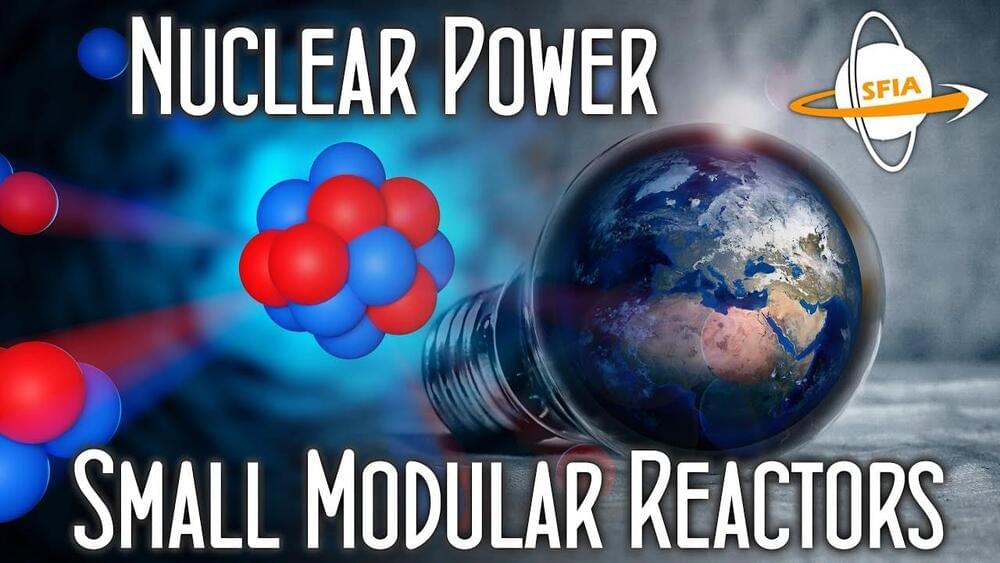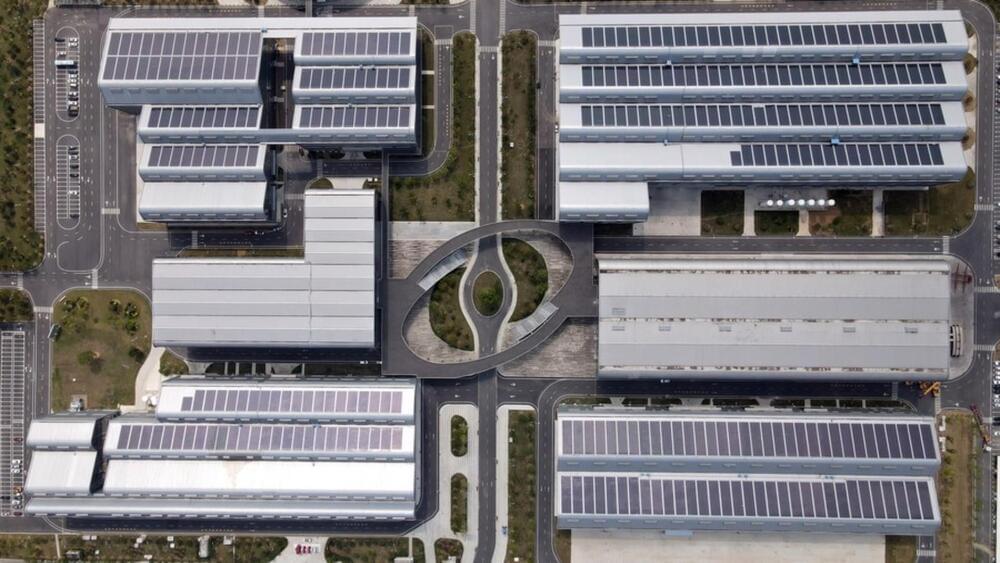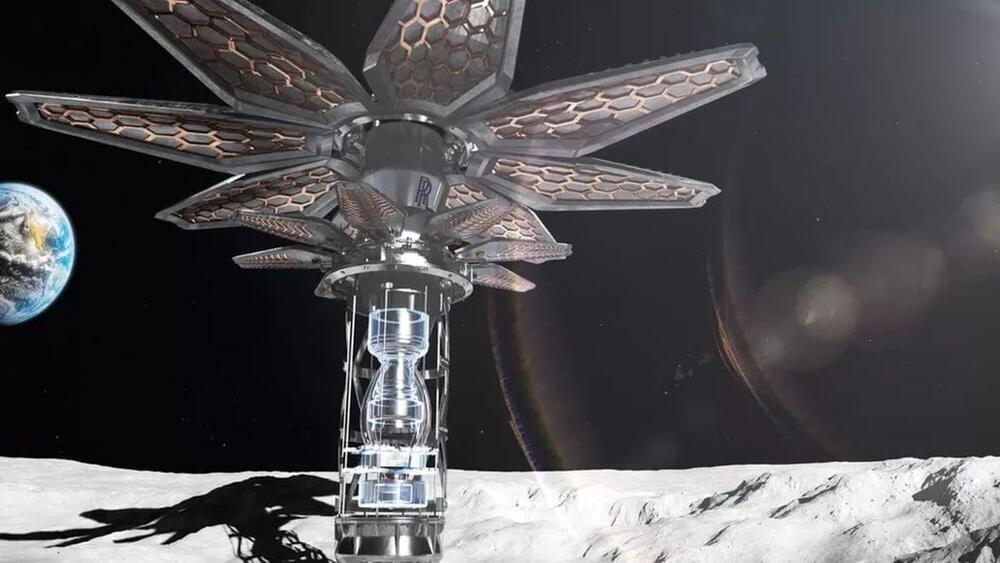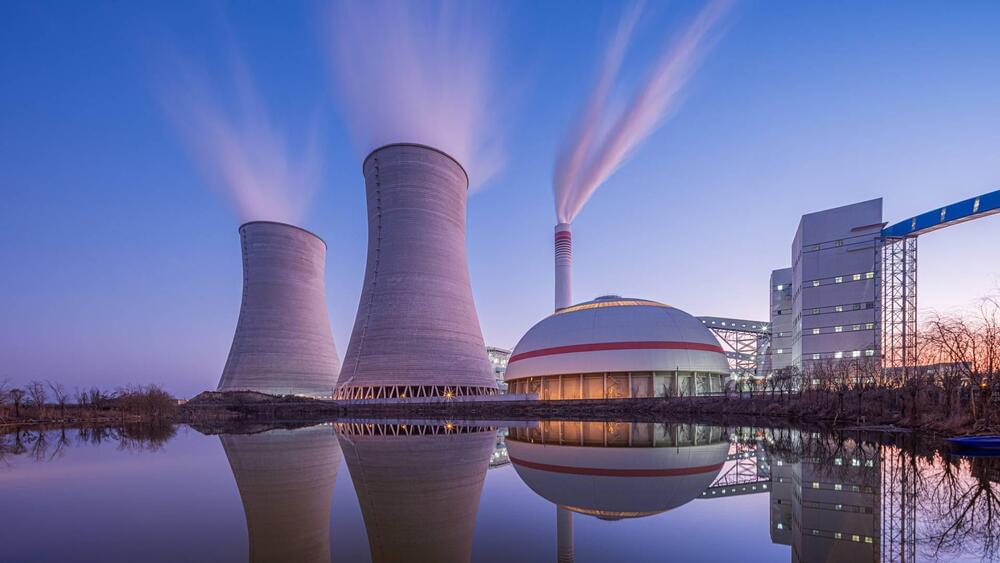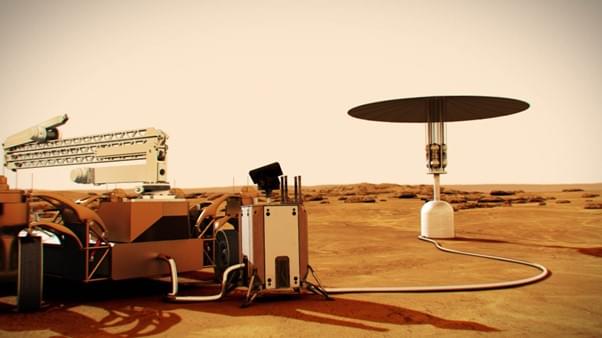Sep 26, 2023
Microsoft is going nuclear to power its AI ambitions
Posted by Gemechu Taye in categories: climatology, nuclear energy, robotics/AI
Microsoft is looking at next-generation nuclear reactors to power its data centers and AI, according to a new job listing for someone to lead the way.
Microsoft thinks next-generation nuclear reactors can power its data centers and AI ambitions, according to a job listing for a principal program manager who’ll lead the company’s nuclear energy strategy.
Data centers already use a hell of a lot of electricity, which could thwart the company’s climate goals unless it can find clean sources of energy. Energy-hungry AI makes that an even bigger challenge for the company to overcome. AI dominated Microsoft’s Surface event last week.
Continue reading “Microsoft is going nuclear to power its AI ambitions” »


